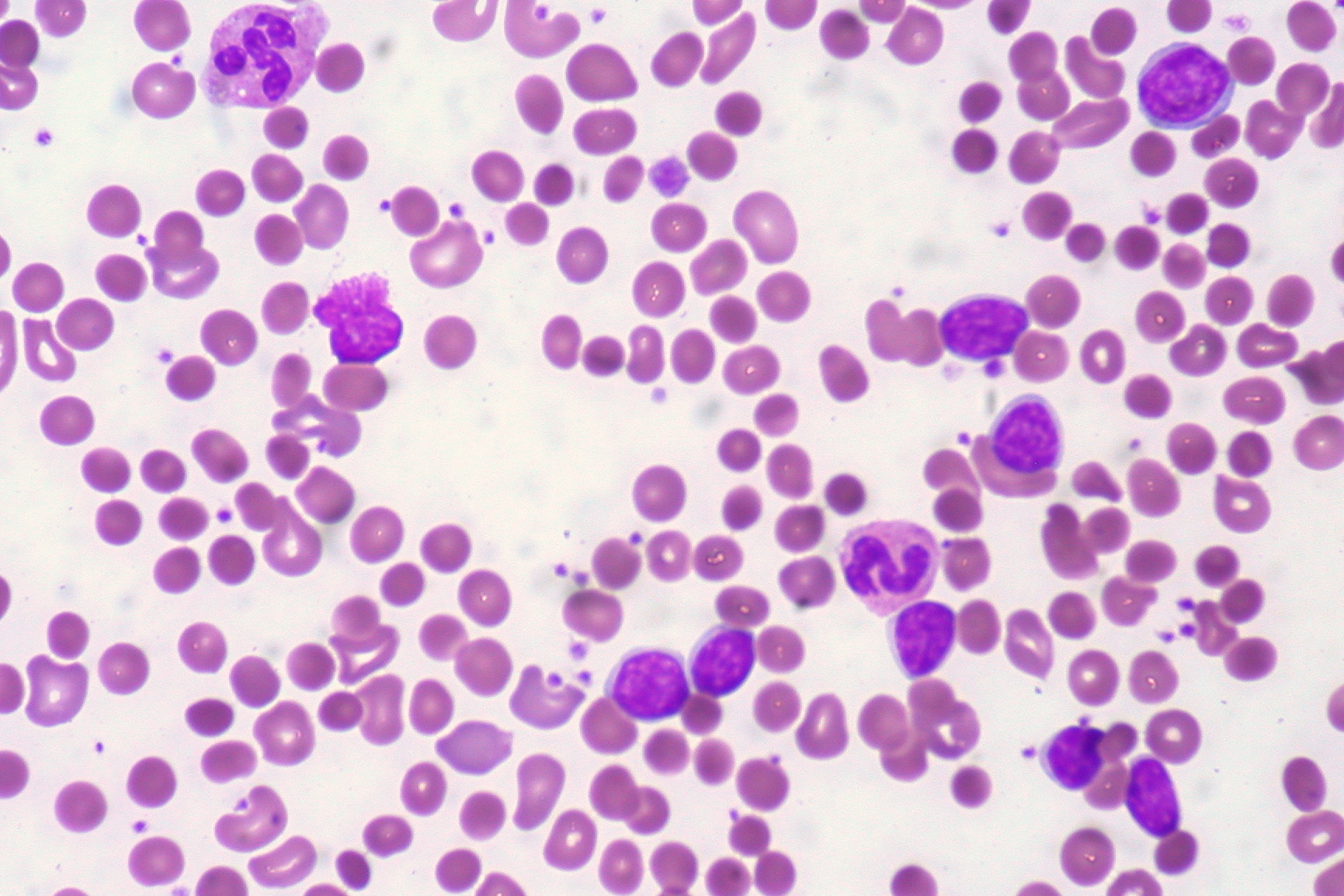Playlist
Show Playlist
Hide Playlist
Intravascular Hemolysis
-
Slides HemolyticAnemia RedBloodCellPathology.pdf
-
Download Lecture Overview
00:00 Okay, if it’s intravascular, I’ll set this up once again. 00:04 Well, the destruction of the RBC's taking place where? In your blood vessel, which is not normal. 00:10 And so therefore the RBC’s going to release hemoglobin. 00:14 Stop. 00:16 Hemoglobin is not really going to get degraded further, could it? Could a patient with intravascular have jaundice? Perhaps, okay? So, but it will be mild, but usually not. 00:29 So here, the hemoglobin is then going to be released. 00:32 But understand, hemoglobin has a chaperone, okay? And the name of that chaperone that you must know clinically is called Haptoglobin. 00:41 So why is it that intravascular hemolysis, you’ll find your haptoglobin decreased? Because what you are measuring would be the free haptoglobin. 00:52 Intravascular hemolysis, I’m going to give you an example such as paroxysmal nocturnal hemoglobinuria, whatever it may be. 00:58 Hemoglobin’s being released. 01:00 It will bind to haptoglobin, what’s my free haptoglobin level? Good. 01:04 Decreased. 01:05 Your LDH, lactate dehydrogenase, that is nonspecific. 01:09 And so, therefore that will be elevated both in extra and intravascular type of hemolysis. 01:14 Now, the haptoglobin complex with hemoglobin is removed by the macrophages. 01:18 The amount of unconjugated bilirubin, the bottom statement is very important. 01:23 The amount of unconjugated bilirubin, UCB, which is lipid-soluble is not high enough to produce the jaundice, is that clear? Could you have mild? Sure. 01:34 But as I said, it’s not significant like you found in the previous discussion with extravascular. 01:40 We’re laying down the law and the foundation as to how hemolytic anemias work. 01:45 You spend time understanding this, then we can very quickly go through the details and which you need to memorize a little bit with some of the pathologies. 01:53 But these concepts, huge, huge as you can see.
About the Lecture
The lecture Intravascular Hemolysis by Carlo Raj, MD is from the course Hemolytic Anemia – Red Blood Cell Pathology (RBC).
Included Quiz Questions
Which of the following features differentiates intravascular hemolysis from extravascular hemolysis?
- Urine hemoglobin
- Decreased Hb level
- Increased LDH
- Appearance of megaloblasts on microscopy
- Increased bilirubin
Customer reviews
5,0 of 5 stars
| 5 Stars |
|
1 |
| 4 Stars |
|
0 |
| 3 Stars |
|
0 |
| 2 Stars |
|
0 |
| 1 Star |
|
0 |
Great lecture! Dr Raj explained the materials with simplicity! Thanks so much.




